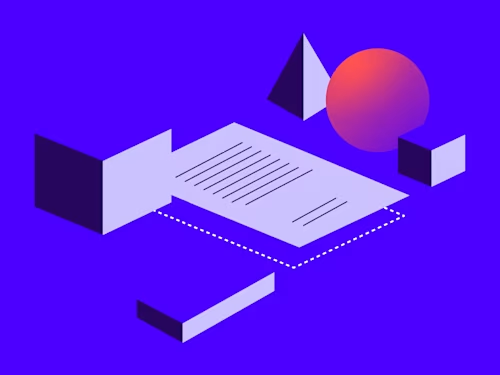
3 reasons why procurement teams are embracing a paperless future
Our eBook looks at how the procurement department is leading the way when going paperless, including three key benefits of digitising agreements.

Procurement departments in larger organisations deal with hundreds of documents on a daily basis. Service level agreements, software licensing agreements, purchase orders, vendor contracts… the list goes on.
It wasn’t that long ago that all these documents were printed and stored in filing cabinets – taking up valuable office space, costly ink, and hours of employees’ time. These days, many procurement teams have made the switch to paperless agreements. In fact, procurement is proven to lead the interdepartmental race towards digitising document management, according to our new eBook for procurement professionals.
The benefits of paperless procurement
According to the research, procurement departments have digitised 40% of their processes – compared to just 29.6% in HR or 36.8% in legal. The switch to digital boosts the efficiency of the procure-to-pay lifecycle, helping organisations to process agreements faster, at lower cost and with less errors.
For procurement, the benefits can be felt in three key areas:
Supplier sourcing and selection – speed up the process of getting high quality suppliers on-board by expediting RFPs, quotes, NDAs and more. With better suppliers supporting your business, you’re on track for growth.
Purchasing and receiving – by going digital with procurement agreements, errors are virtually eliminated. Data entry errors were previously rife when manually transferring data between disparate systems.
Invoicing and payment – manual processes take time and cost more. The bottom line? You want to get paid faster.
Proof of paperless success
As the eBook shows, organisations that have made the switch to paperless agreements using Docusign are reaping significant rewards. One business has slashed the time it takes to sign up new suppliers from two weeks to two days. Another is completing procurement transactions fifty times faster. These savings give procurement teams more time to focus on strategy and relationship-building, rather than tedious paperwork.
And, not only are they setting new speed records, but the organisations that go paperless are improving vendor relationships, promoting compliance with policies and regulations, and better collaborating with other departments, like IT, finance and legal.
Still some work to be done
While procurement is certainly leading the charge when it comes to going paperless, there is still plenty of room for improvement. According to the eBook, of all the types of procurement agreements, well under 20% of them are fully digital. For example, only 19% of purchase orders are fully digital; only 9% of subcontractor agreements are. Other procurement contracts lie between these two extremes.
The good news? For most contract types, only 2% are fully analogue (invoice processing is the anomaly here, with 7% fully analogue).
Generally, procurement agreements are a mix of digital and paper elements. Procurement teams can focus their energy in 2020 on digitising more and more of their agreement processes to ensure that they stay at the head of the game when it comes to going paperless.


Related posts
Docusign IAM is the agreement platform your business needs


